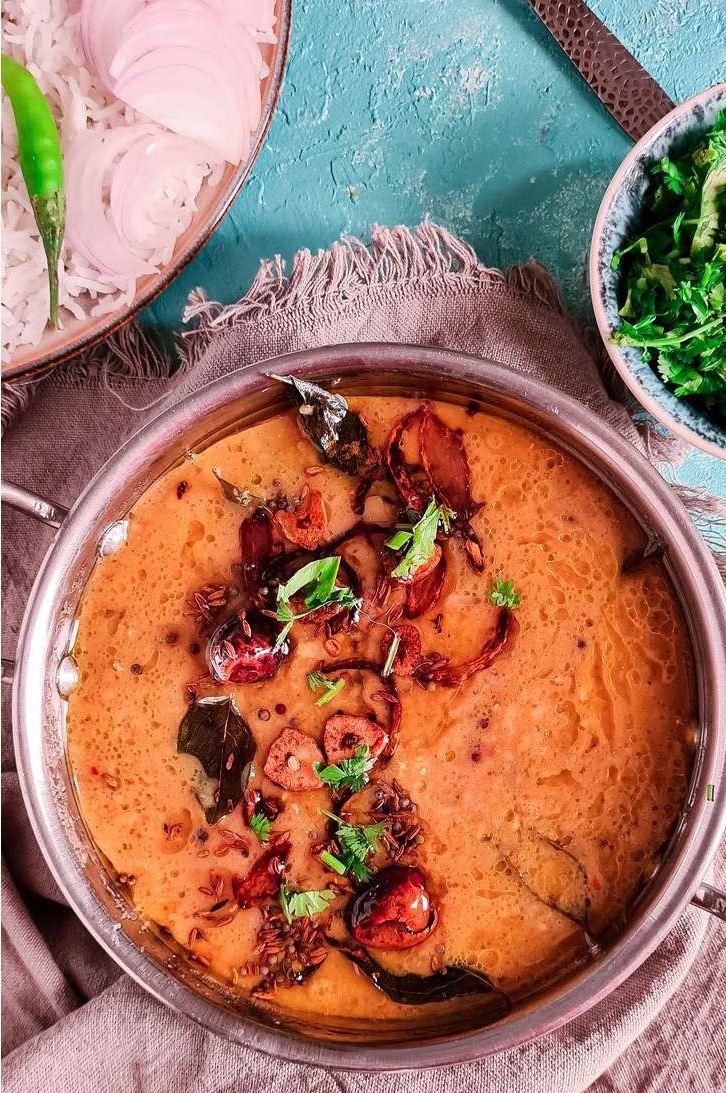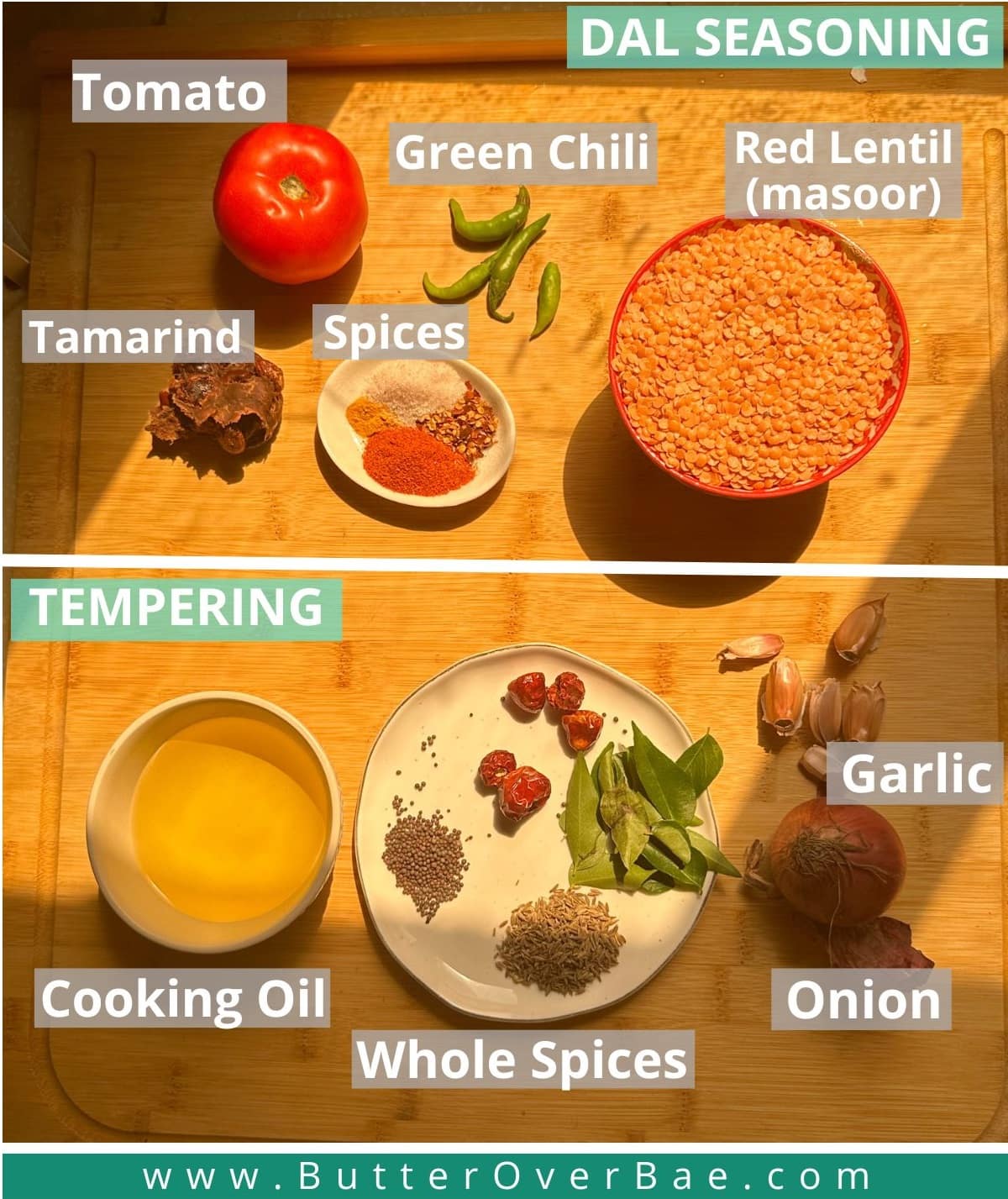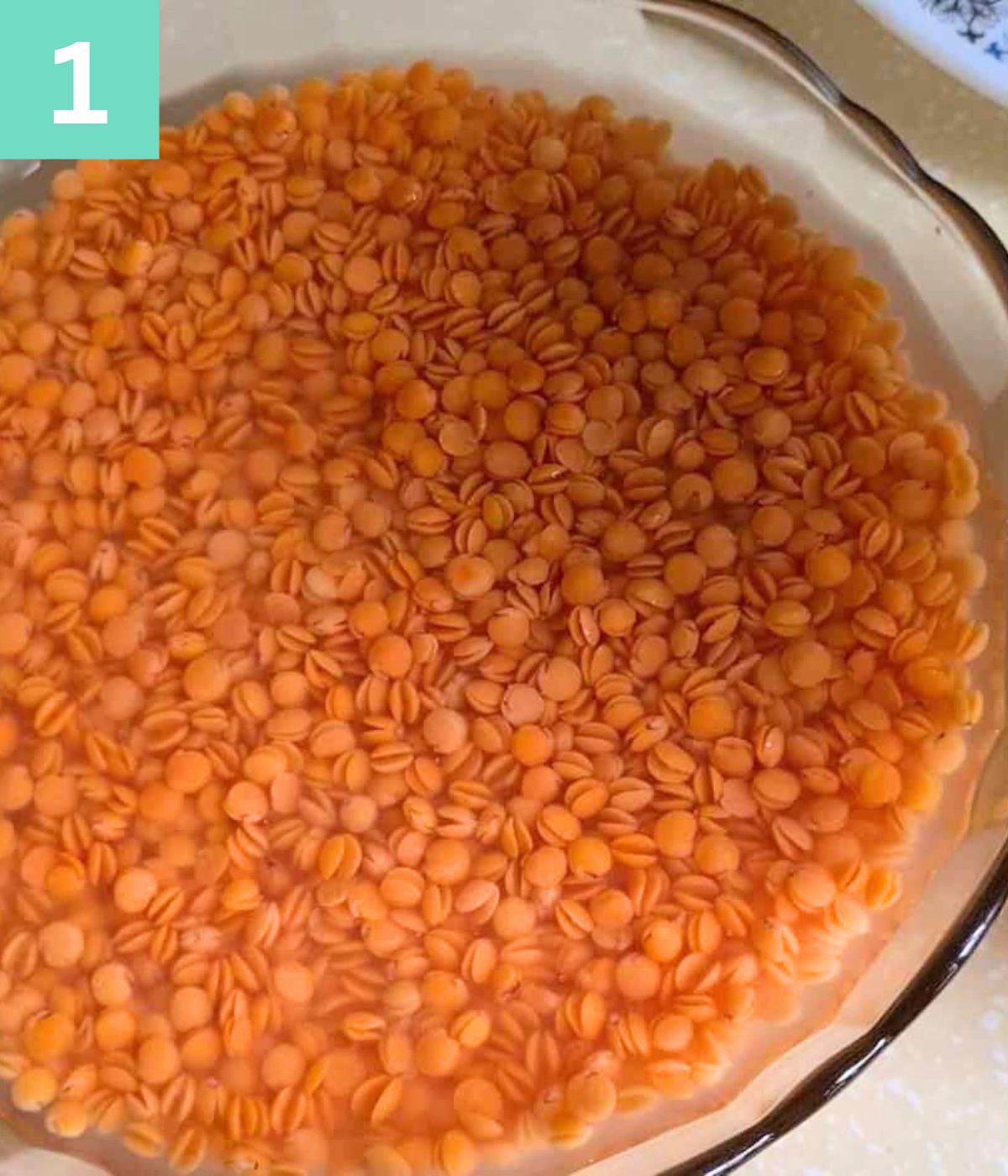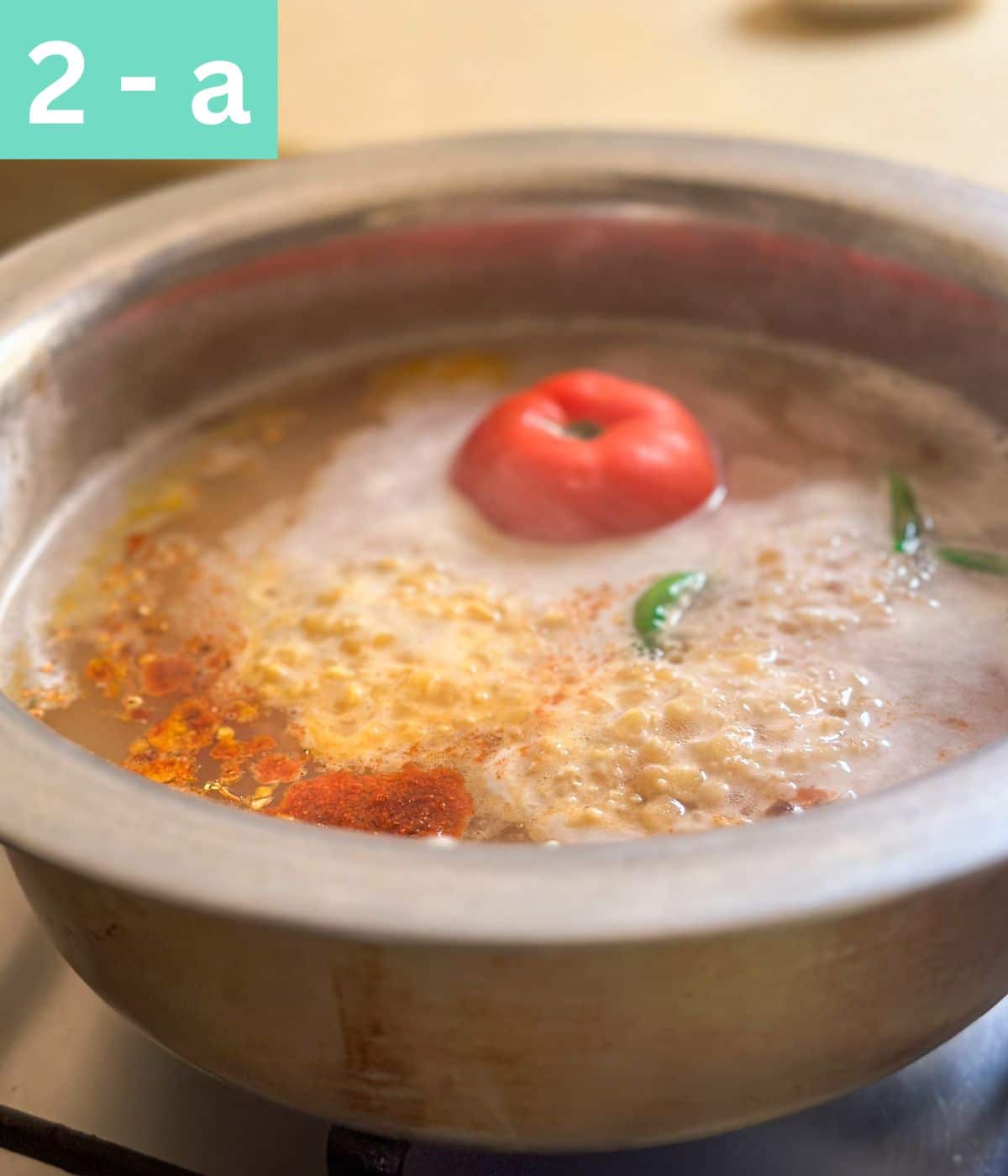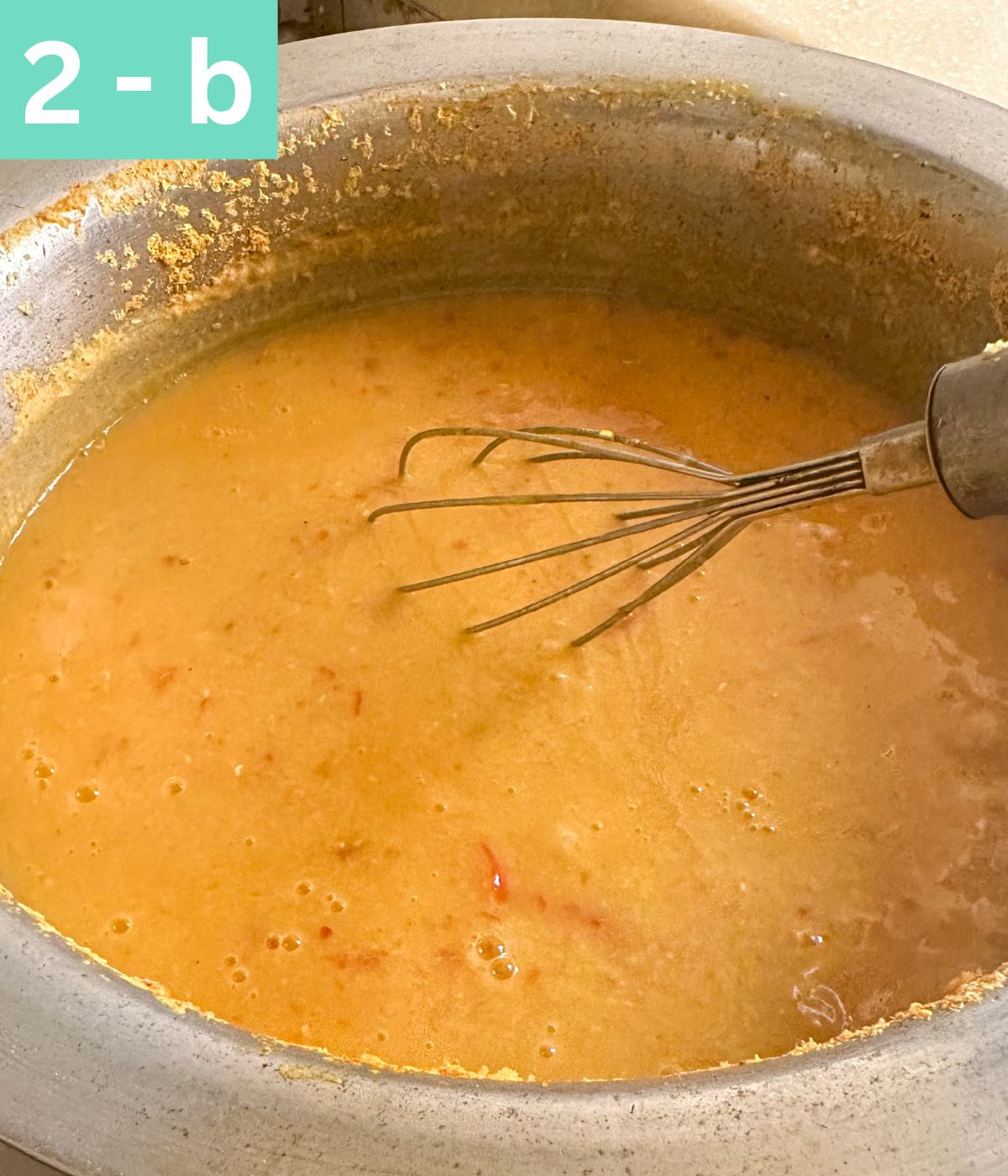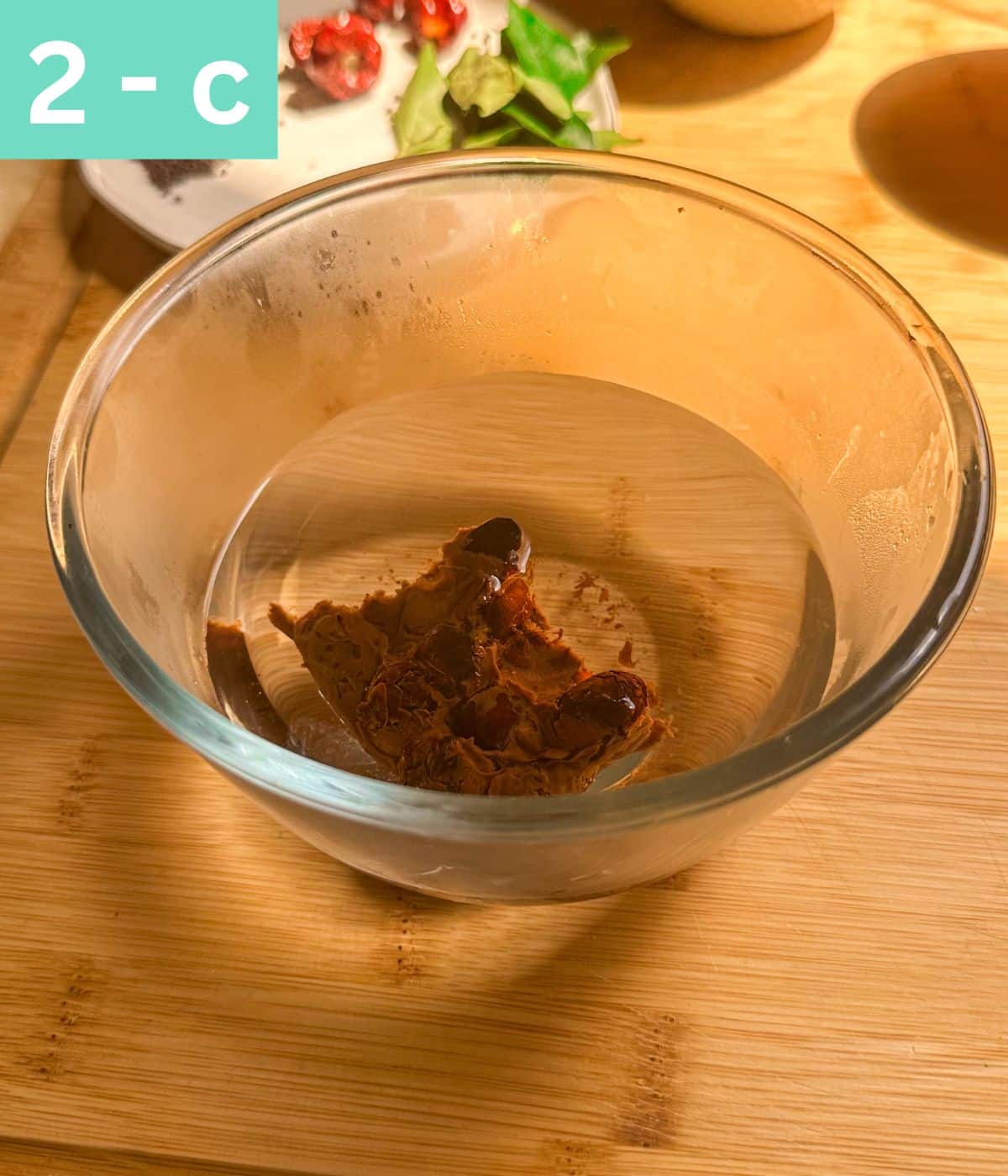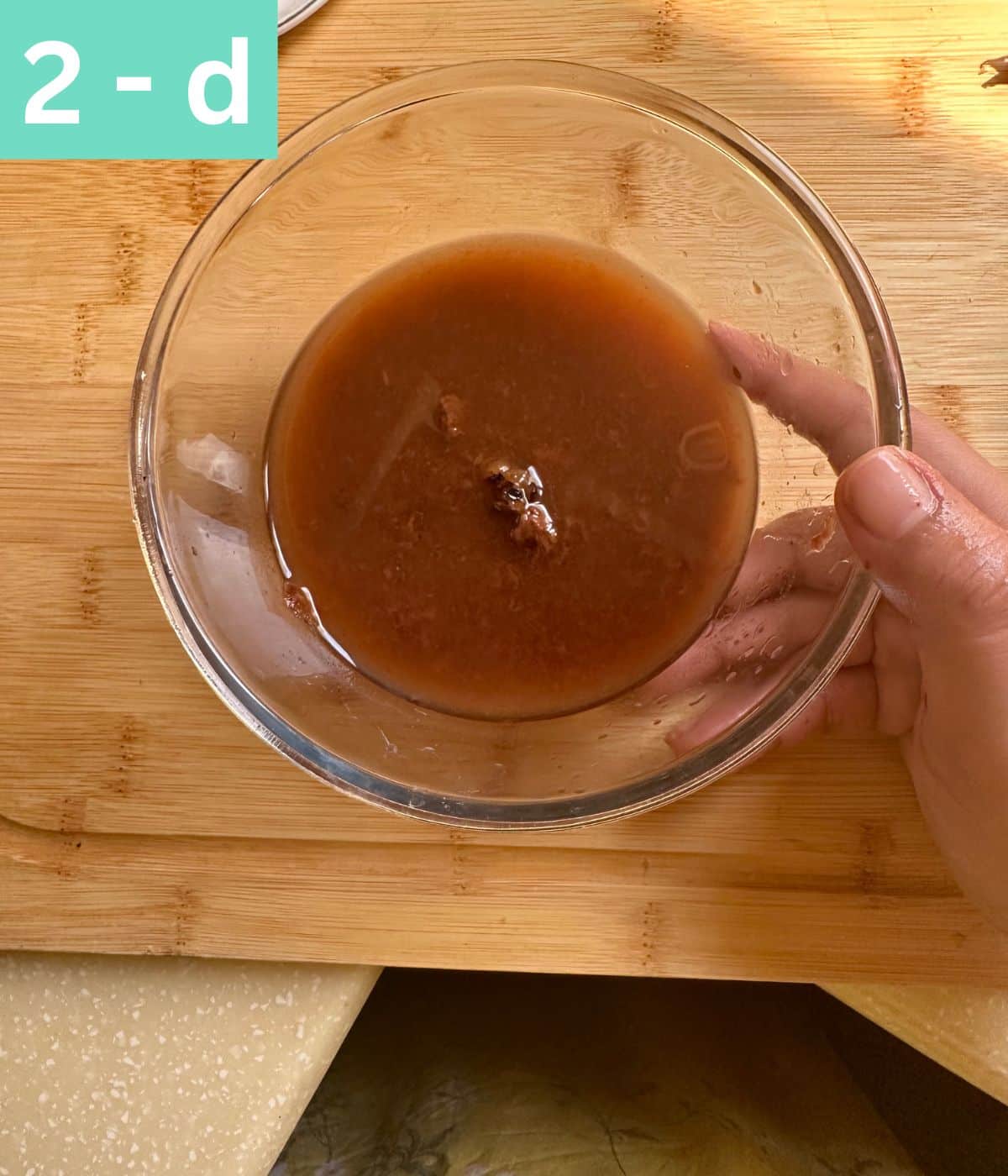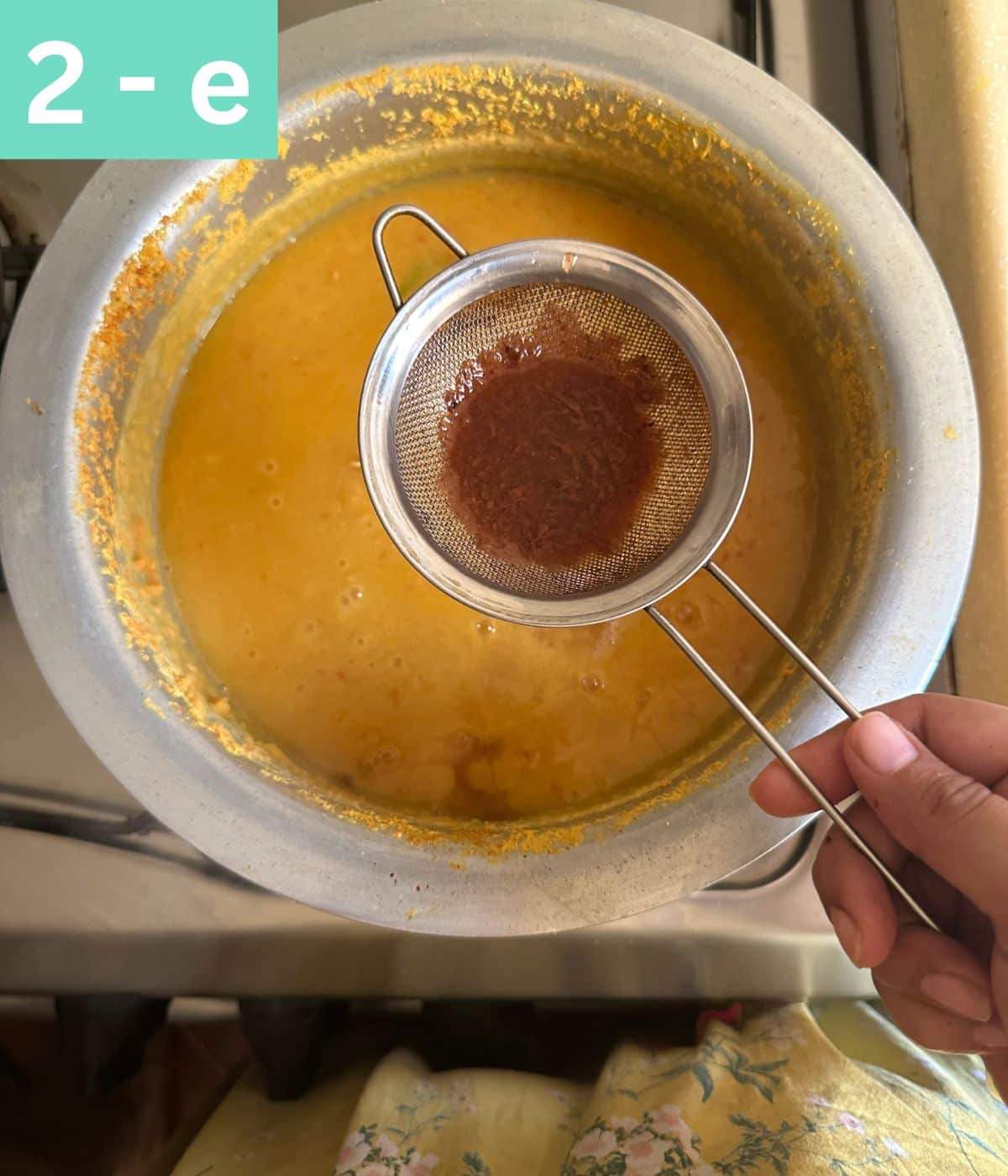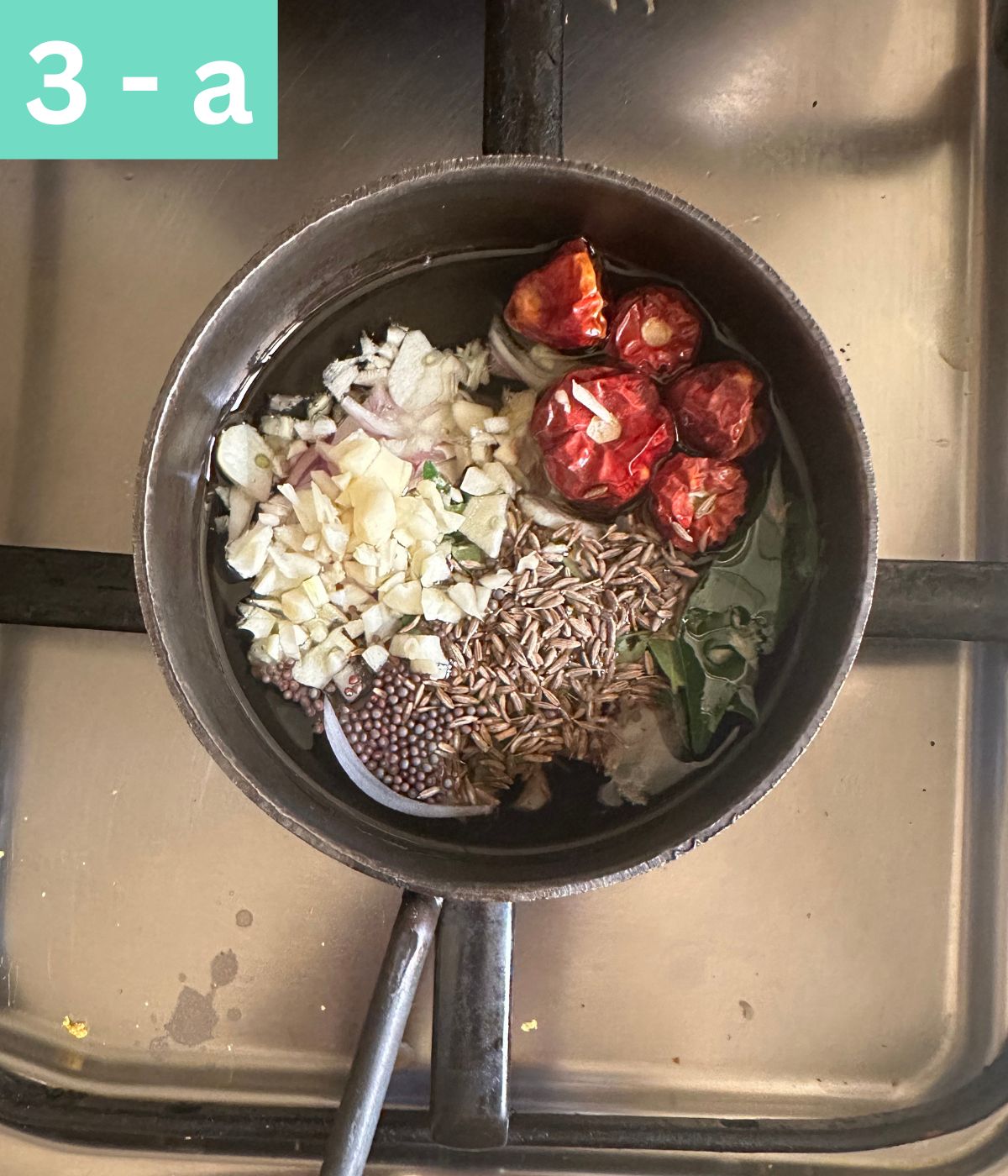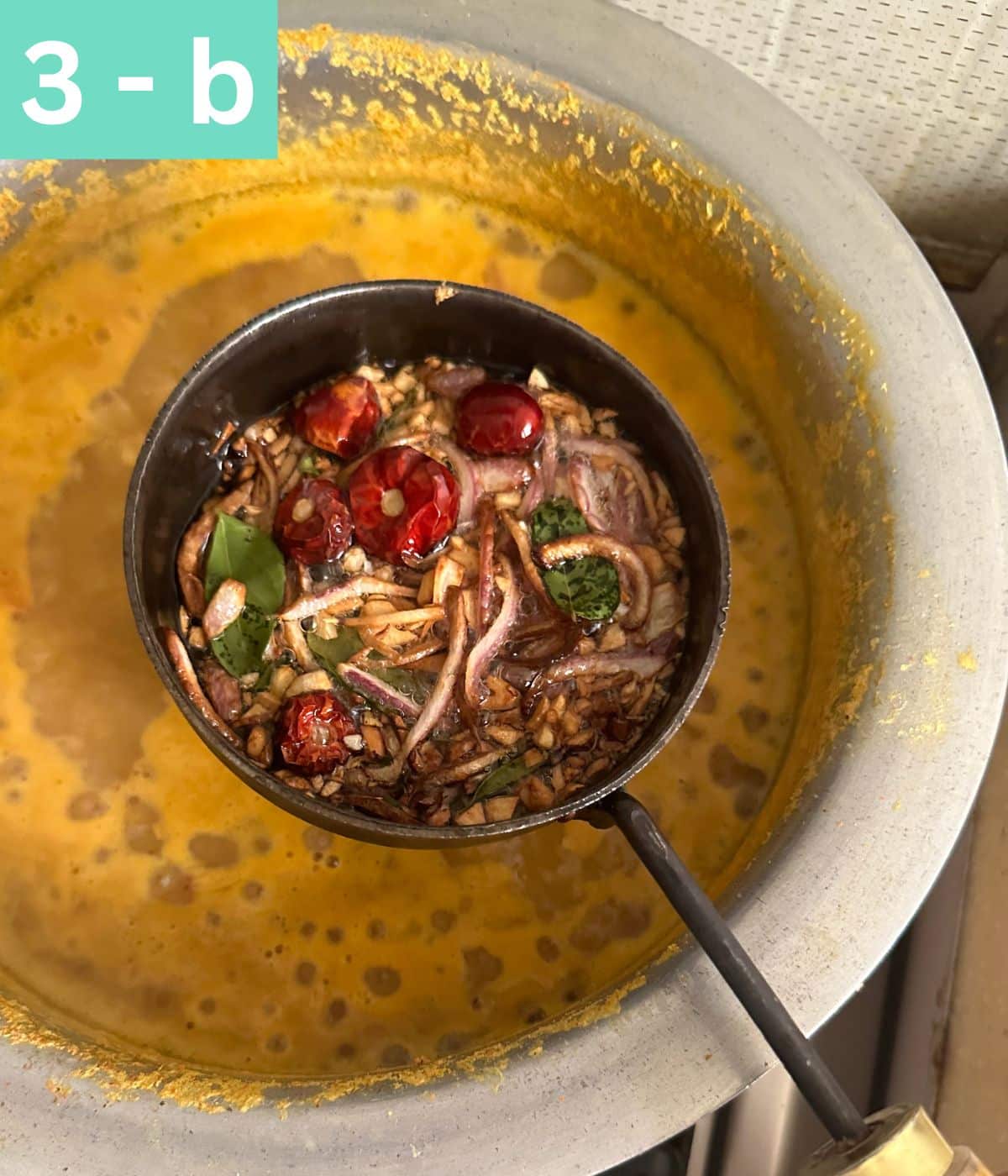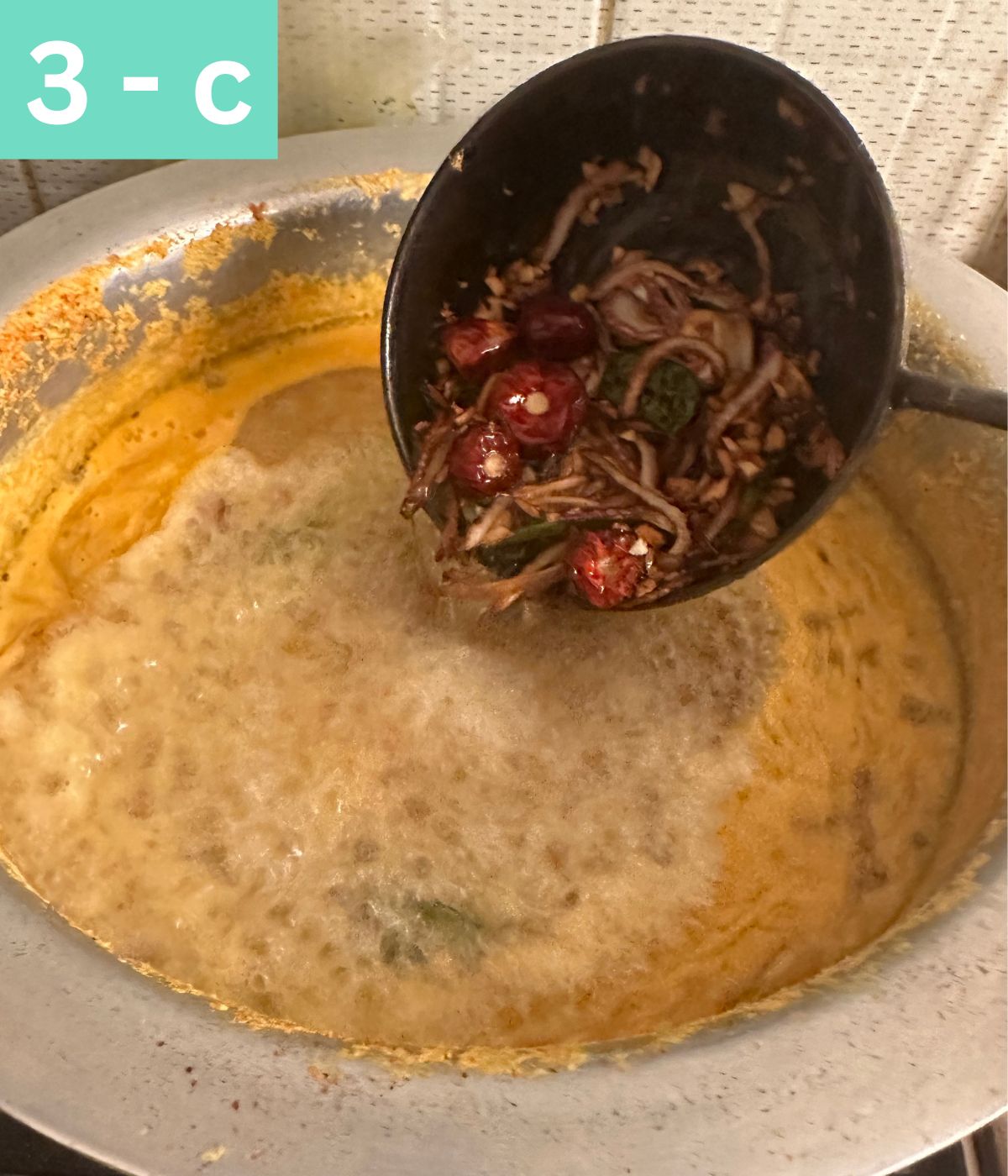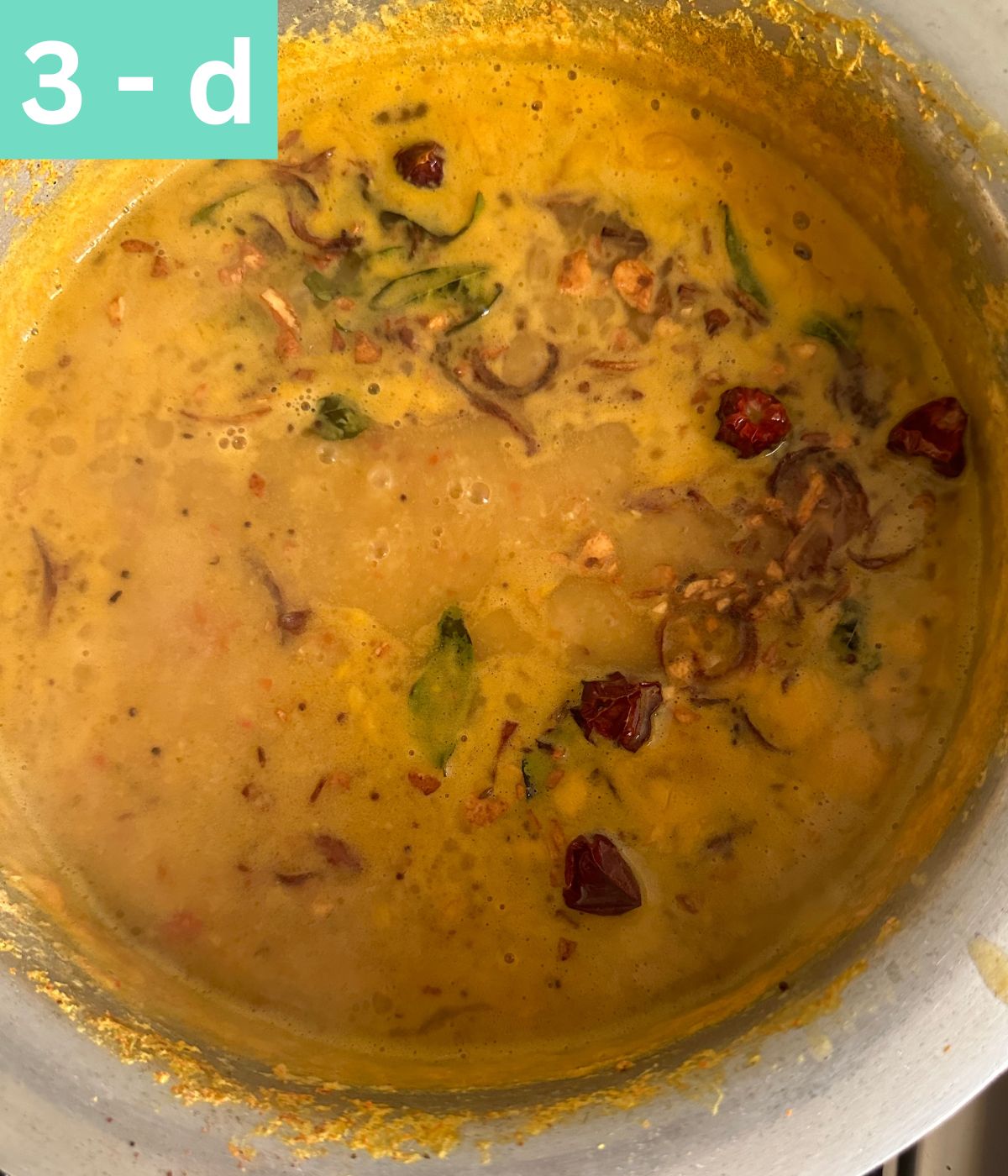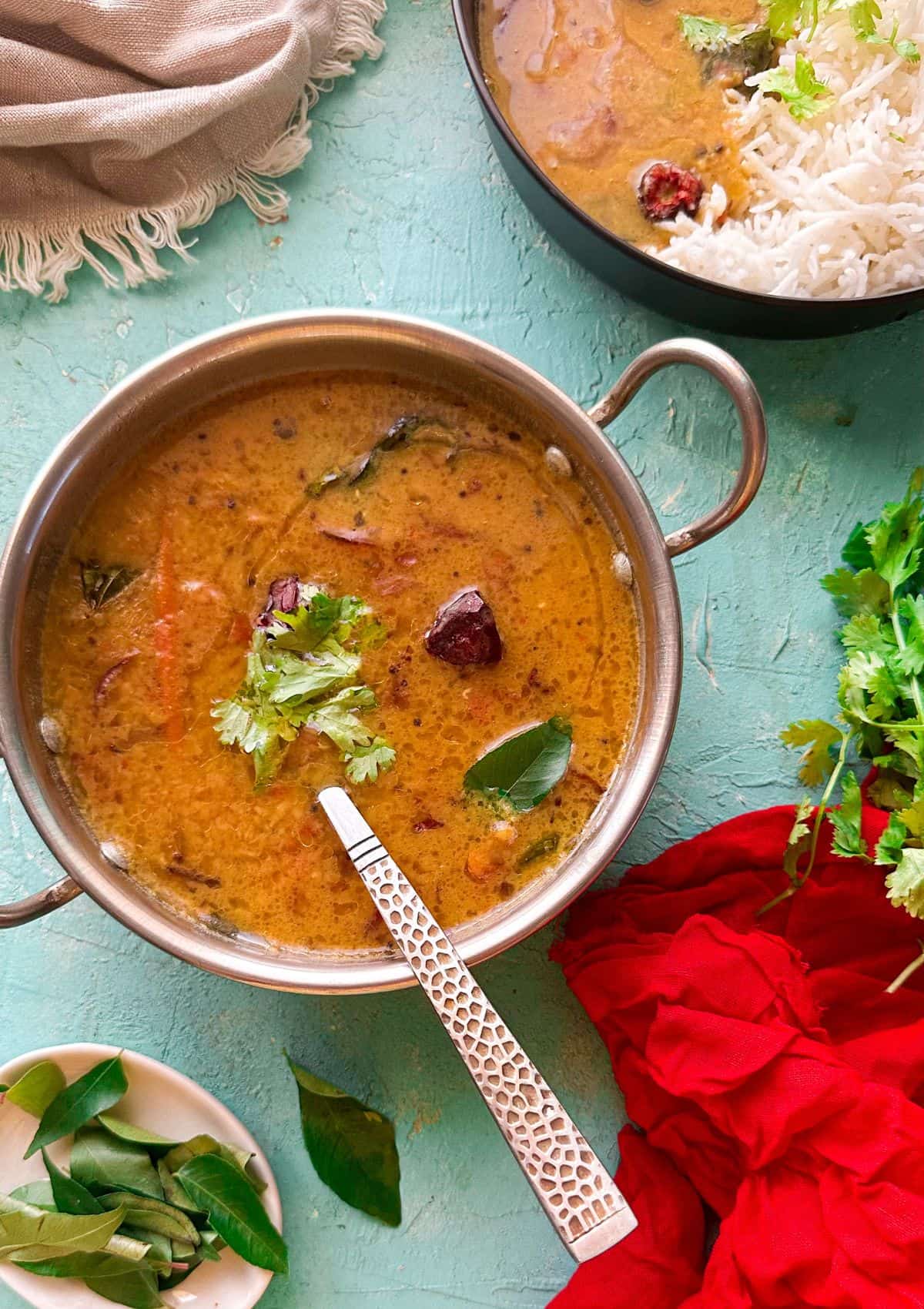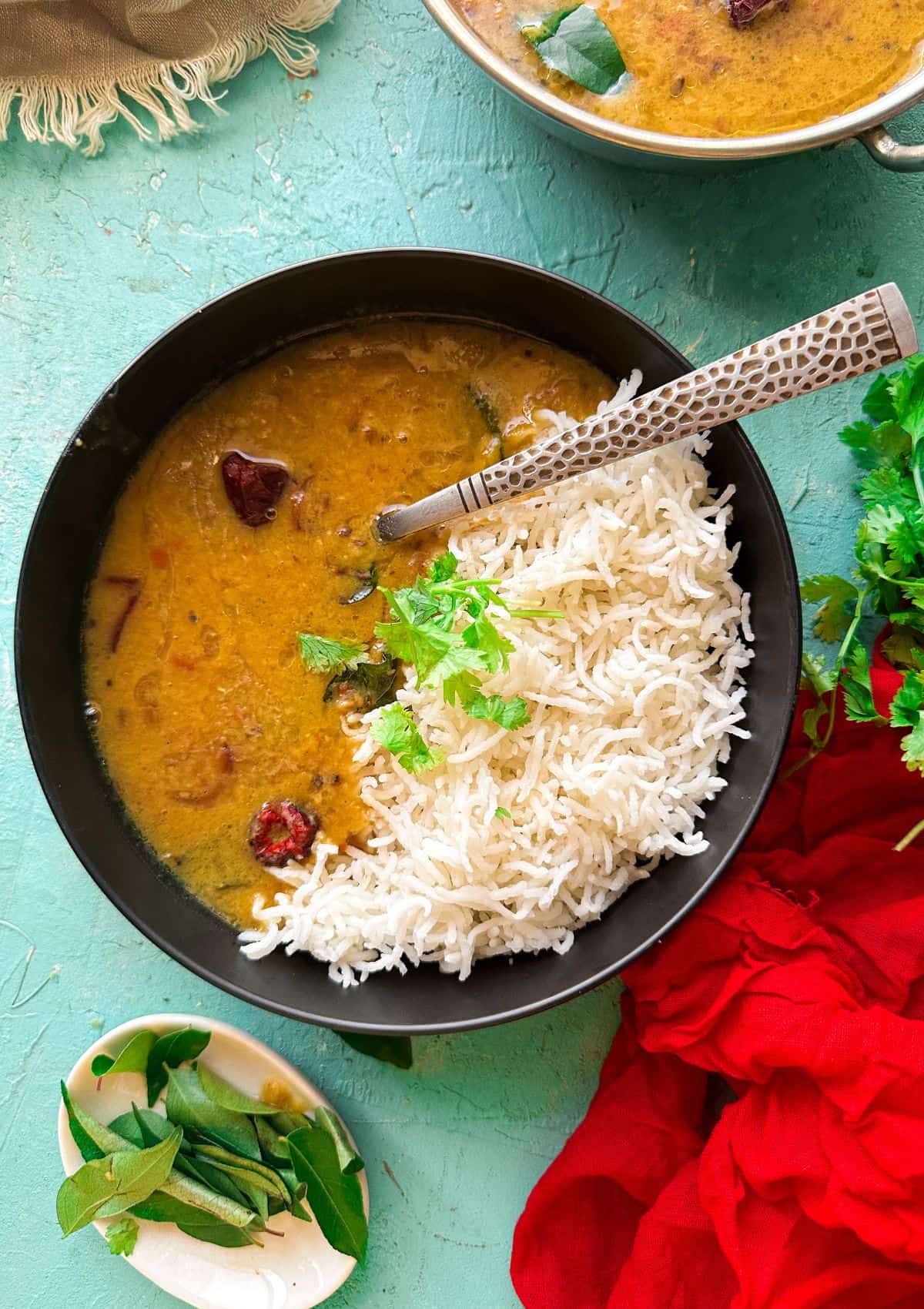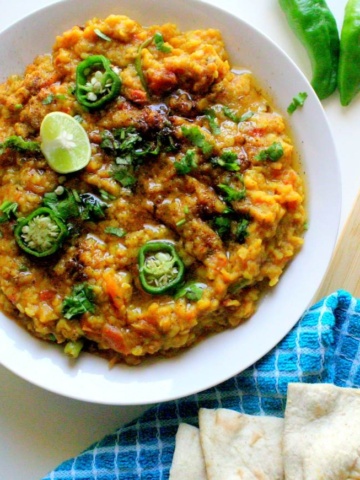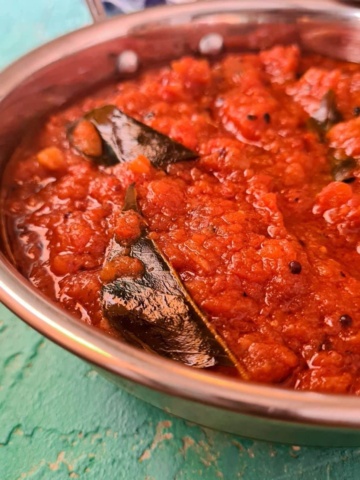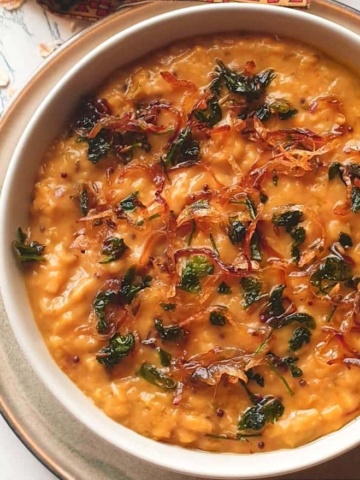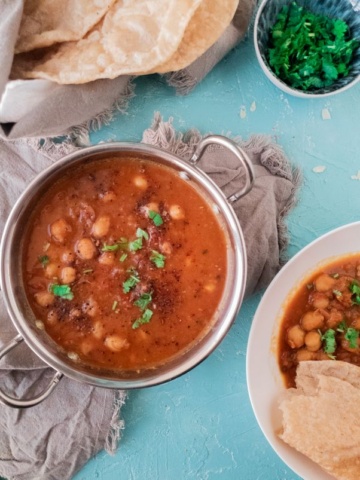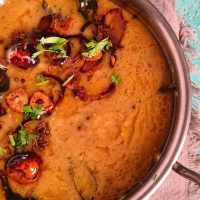What is Khatti Dal?
Khatti literally translates to “sour”. This recipe uses tamarind to add a nice tart/tangy flavor to the dal. Hyderabadi Cuisine in India/Pakistan is notorious for using tang as a prominent flavor in their recipes. And that is where khatti dal originated from too. Their tamatar ka khatta (tangy tomato chutney) pairs sooo well with so many pulaos outside of their Cuisine too. Khatti dal (tangy dal) is usually made of red lentils (masoor dal) or split pigeon pea (arhar dal/tuvar dal). It’s eaten with steamed rice, paper, and other sides made with meat or vegetables. (my favorite being fried fish) 2 of my khalas (maternal aunts) got married into Hyderabadi families. And I love all the authentic and traditional Hyderabadi food that I’ve gotten to experience through them over the years. And now, that I have so many of you as readers of this blog, I can’t wait to share more.
Ingredients
You need basic South Asian pantry staples to recreate this dal at home. Here are a couple of notes on the list:
Lentils – We usually make this dal with red lentils which is masoor dal. But people also make it with split pigeon pea (tuvar/arhar dal). Masoor dal is easily available in most stores around the world, distinctive of its orange color. Tomato, onion, and garlic – These are staples for any South Asian recipe. Only use fresh tomato for this recipe. No puree, paste, or canned tomato. Seasoning – You need standard spices like turmeric, salt, red chili flakes, red chili powder, green chilies Whole spices – These are fried in oil and added on top of the dal. Mustard seeds, curry leaves, and cumin seeds are the main trio that makes this dish Hyderabadi Oil – Any neutral oil like vegetable oil is used for this recipe. You can also use coconut oil etc for your recipe, just remember these oils have a slight aroma and flavor of their own too. Coriander leaves – Chopped coriander leaves for the garnish.
TAMARIND Tamarind (emli) – This is the star of this recipe and the main ingredient that brings out the tart flavor. Most grocery stores hold tamarind in either its original raw form, in a block form or a ready-to-use pulp bottle. If you use raw or block tamarind, you will have to soak it in hot water for 10 mins to release the pulp. Then you can simply use your hands to squish the block to release the pulp. Strain and use. To skip this entire process completely, simply get the ready-to-use tamarind pulp. The quantity of tamarind depends on your own preference. You can always add more or less depending on how much tanginess you like. See the recipe card for full information on ingredients and quantities
Step By Step Instructions
All dals are usually prepared in 3 easy steps – Soak, Boil, and Baghaar. Once you soak the dals, almost all dals require 2 cooking steps. One step is boiling the lentils to soften them up. And the other step is making Baghar/Tarka. A baghar (tempered spices) is a process of adding fried spices to a dish, either as the first or as the last step. This dal uses a finishing tarka. STEP 2 – Boiling the Dal This has become an ongoing debate amongst online communities mostly because someone somewhere read the word “antinutrients” online and freaked out. In simple words, anti-nutrients are just some chemicals found in naturally occurring pulses like legumes, beans, and lentils. They are usually removed by soaking them before cooking and cooking itself. (you can read more about anti-nutrients here if you want). Red lentils are the smallest-sized lentils out there, and 30 min of pre-soak time is enough to get rid of any anti-nutrients in the dal. PROTIP: Keep the lid of your dal slightly askew, to prevent your dal from boiling over and dripping all over your stovetop. If your dal is not disintegrating to form a nice soupy consistency, then use a hand blender to quickly reach your soupy consistency. STEP 3 – MAKING THE TARKA While the Tarka sits on top of your dal, the flavors and aroma infuse together to create a simple yet delicious dish. When you are ready to dish out, garnish with chopped coriander or cilantro and serve hot with rice and all the amazing combos mentioned below
Expert Tips
What is Khatti dal paired with?
Eaten with rice or roti, these are other things you can pair with khatti dal
Papad and Achar like Carrot Pickles (gajar ka achar) Any vegetable curry like Lauki ki bhujia (Bottle Gourd mash) Spicy masala fish fry Spinach and potato cutlets Grilled Chicken Tikkas
Similar recipes
Do you have any questions? I’m happy to help! And of course, If you try this recipe, I’d loveeeee to see it or simply hear about it! Hit me up in the comment section below and I’ll get back to asap! Happy Cooking!
